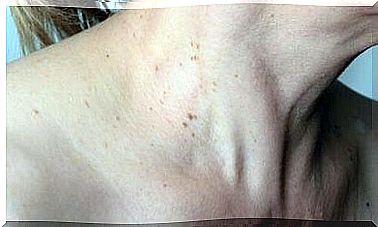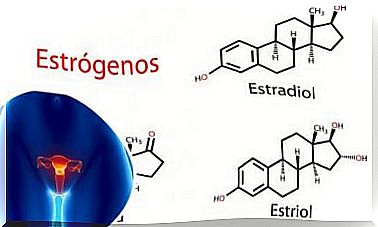Types Of Warts And Treatments
Warts frequently appear on the hands and feet. There is also a genital form that, in women, is more dangerous because it is associated with uterine cancer.
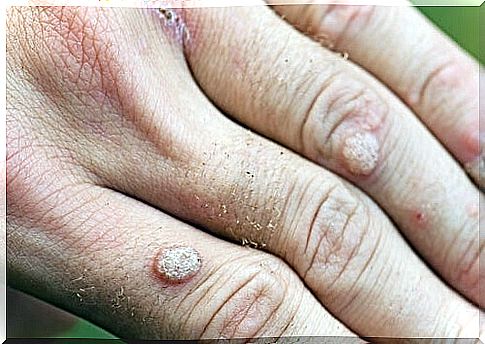
Warts are a very common problem. Usually, they are limited to being something that is only aesthetically disturbing. However, depending on where they appear, they can cause discomfort. They are small lumps of the skin that raise it, in general without being painful.
Although many people are unaware of it, the main cause of warts is a virus. Specifically, the human papillomavirus, which in turn has more than 100 different subtypes. This means that warts can appear in different shapes and in different places.
However, the most prevalent presentation is on the hands and feet. On some occasions, it is necessary to treat them to prevent the person from suffering any discomfort. Therefore, in this article we explain which are the most common types of warts and how they are treated.
What are warts?
Warts are small bumps that appear on the skin. Normally, they are the same color as this one, although they can be whitish or pinkish. Some even have small black dots on their surface that are clotted blood vessels.
As we have already mentioned, the cause of warts is the human papillomavirus. It is a virus with many subtypes, so it is very common to have contact with it. However, warts are not that common.
That is, not all people who have contact with the virus develop them. This is so because, any individual in good health, can successfully fight the virus and there need not be symptoms.
In this way, warts are more common in children or in people with a weakened immune system, since they cannot fight the infection. Warts can appear up to six months after initial contact with the virus.
Most types of the virus are spread through the skin or objects, such as hygiene pads. However, we cannot forget that certain types are sexually transmitted, such as human papillomavirus 16 or 18, which are the types most related to cervical cancer.
In addition, warts are easy to spread. For example, it is very common to see a child with warts on his fingers who bites his nails. In this way, it can cause a greater number of warts to appear all over the hand or on the face.
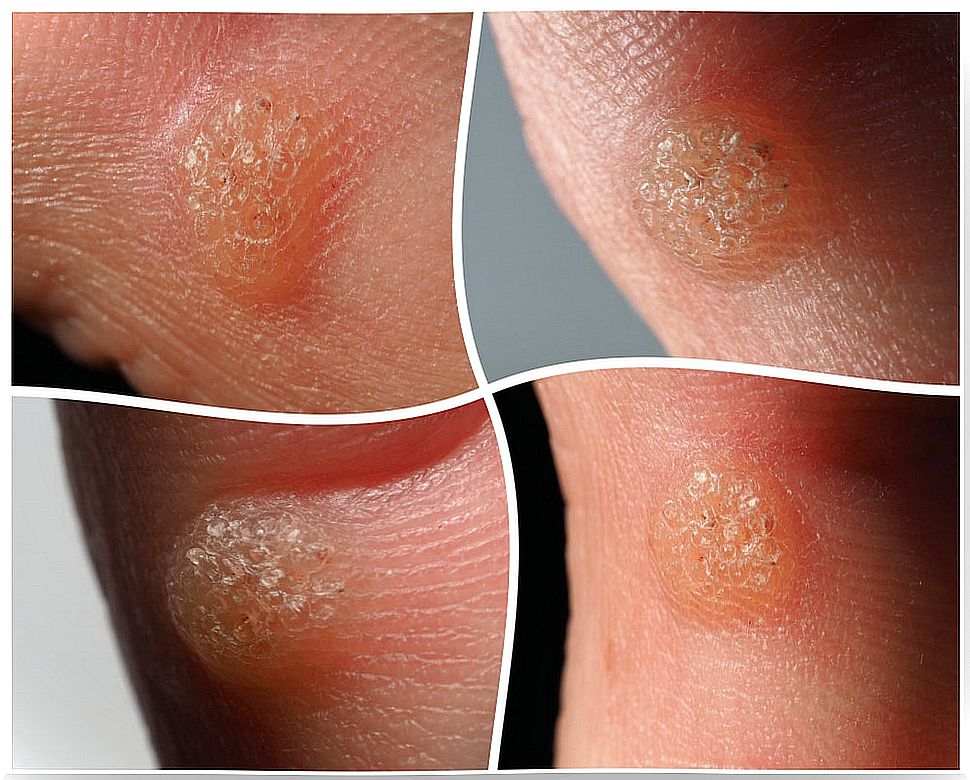
What types of warts are there?
The truth is that warts can be of many different types, depending on their shape and location. First of all, we must highlight the vulgar warts, since they are the most frequent. They are rounded, rough, and tend to appear on the hands and feet. Other types are:
- Flat warts: more common in young people and children. They are small and usually form small groups or clusters.
- Filiform: the name is because they are more elongated and soft, like a tiny finger. They are typical on the neck or eyelids.
- Plantar: refer to those that appear on the soles of the feet. They become very annoying, since when walking, pressure is continuously produced on them.
- Genital warts: are those that appear on both male and female genitalia, even in the area of the groin or the anus. These tend to be transmitted through sexual contact. They are also called condylomata.
Of all these types, genital warts are the most important, since the human papillomavirus has carcinogenic potential. In addition, because its contagion is very frequent, it is convenient to monitor these injuries.
In fact, there are currently vaccines for certain types of papillomavirus. In Spain they are applied in young women, since it has been shown that uterine cancer is highly related to this virus.
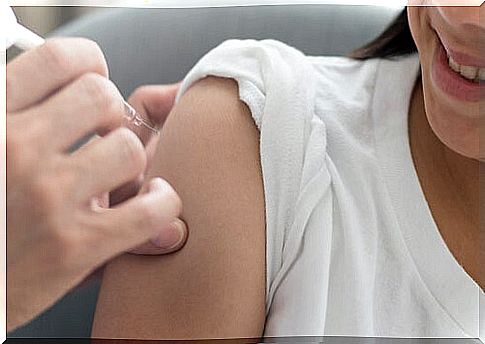
How are they treated?
Most warts are only treated for cosmetic reasons or discomfort, as they can cause some kind of friction or pressure pain. With the treatment, what is intended is not only to destroy the wart, but it is also intended that the immune system fight against the virus.
There are currently different ways to achieve this. Cryotherapy is a technique by which cold is applied to the wart, making it come off. The laser is also used or minor surgery is done to remove them.
There are even certain acidic medications that, when applied on warts, allow them to be eliminated. However, the ideal is to consult with the doctor and have him help decide which is the best option according to the type of wart.

